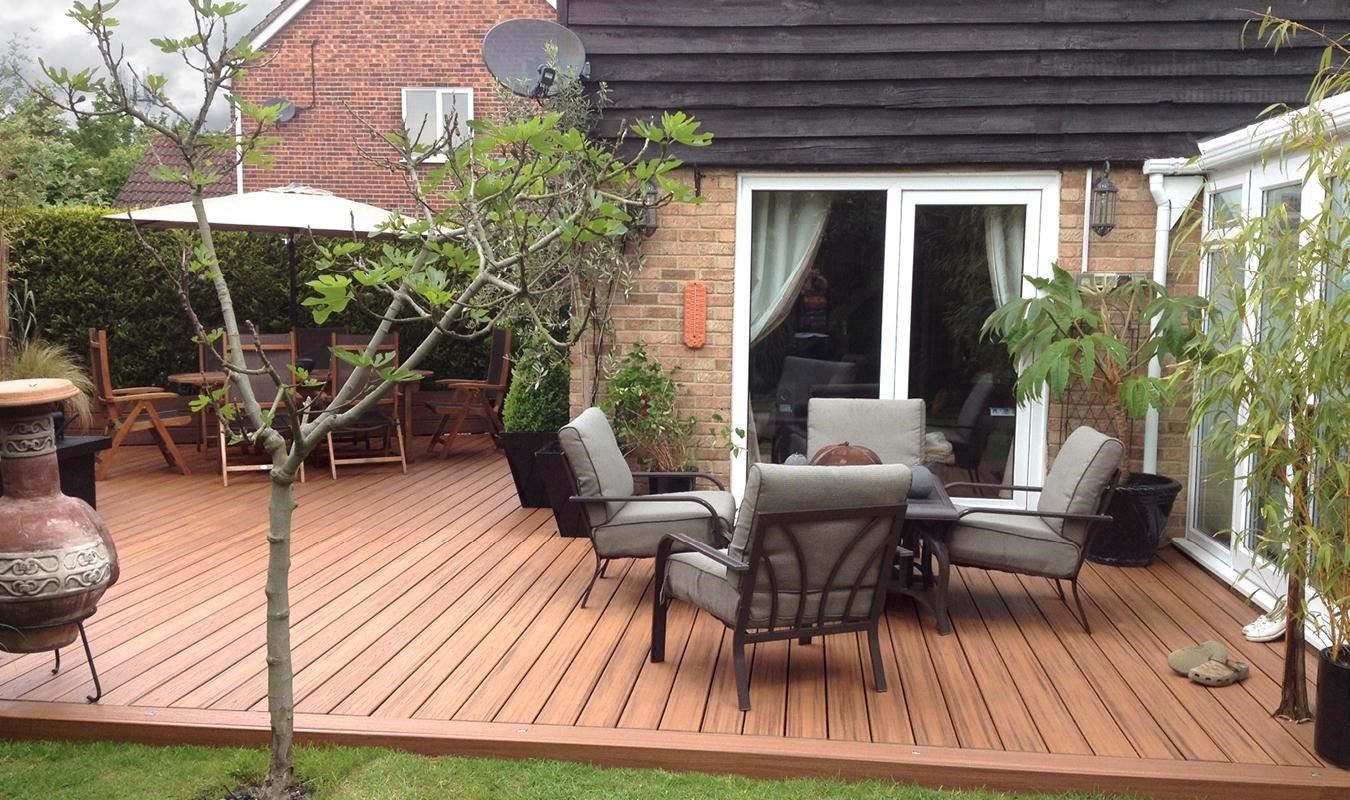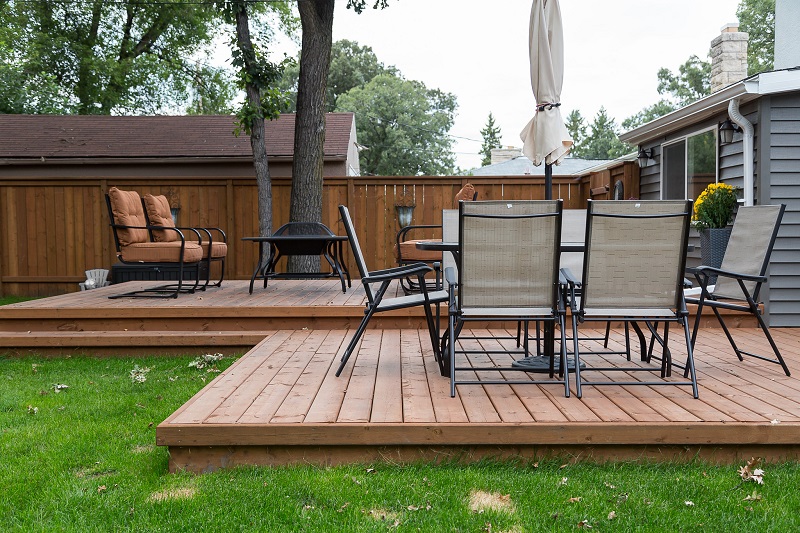Have you ever wished to entertain visitors outside? Or maybe you’re just looking for some peace while sipping coffee on your porch. Then perhaps it’s time to consider constructing a ground-level deck. Ground-level decks are near the ground. Decks less than 30″ above grade are typically easier to build because there is less risk of injury. Also, they usually don’t need stairs or guard rails for safety.
Ground-level decks distinguish outdoor living rooms by providing an excellent location for chairs, potted plants, and even a grill for entertaining. It gives you enough space to appreciate your home and your time outside. However, you should know a few things before beginning to design your ground level deck. The key to success in any project is proper planning. Ground-level decks come in various styles, including those that require footings and those that are attached to your home.
Planning the Design:
Think about where you want to put your platform deck by picturing how you’ll utilize it and appraising your terrain. A ground-level deck is a little low. You should think about the type of wood or composite you’ll use for the structure. For example, suppose the bottom of your deck frame is less than a few inches above the ground or partially buried. In that case, you should utilize ground-contact-rated pressure-treated wood. This type of wood contains a higher preservative, protecting the wood against rot and deterioration. Do you want to add one or two steps to your platform deck? If this is the case, think about how you’ll attach the steps because stringers can corrode if they’re buried in the ground.
Deck Ventilation:

The ground beneath a platform deck will become damp. However, sustained moisture is a ground level deck’s worst enemy since it promotes mold, rot, and decay. Therefore, make sure you build your deck high enough to allow airflow and dry out the ground. As a result, your deck will survive longer. In general, if a deck is less than 12 inches above the ground, you can open the deck’s perimeter to allow free air to flow beneath the deck.
Foundation and Levelling:
Place concrete blocks at the deck’s corners to form a simple foundation. You can also build your construction on top of the gravel for optimum drainage. Finally, you can place the stakes in the ground and hang a line-level to string the perimeter. Once you’ve determined that your deck shape is level, you can move to other steps quickly.
If you still have any confusions, you can contact us at https://decksforlife.ca/




